In 1938, the Golden Belt Manufacturing Company is described in the North Carolina Directory and Reference Book as employing 1000-1500 people. Despite the ability to maintain a healthy business during this era, the company recognized the market changes necessitated a shift in product output. In 1946 the company sold its hosiery operation to Hillcrest Hosiery Mills, which occupied a portion of the Golden Belt facility (within buildings 3 and 6) until the early 1950s.
The short-lived return to popularity of bagged loose-leaf tobacco during the Depression ended during the early 1940s , and the need for manufactured bags diminished with it. Golden Belt shifted towards production of paper, packaging, and labeling during the 1940s, although it maintained textile output. In 1949, the company became the first to employ gravure printing for cigarette labels. However, in 1945, the company is still noted to be a strong force in the textile industry in Durham continuing to produce bags for loose-leaf tobacco into the 1950s. The American Tobacco company prospectus from 1952, and notes from a 1953 ‘special meeting’ note that the Golden Belt Manufacturing Company
“manufactures cotton bags, principally used for the packaging of tobacco, and supplies the Company's requirements of bags for its brand BULL DURHAM ; manufactures tobacco shade cloth used to cover the fields on which Connecticut Valley shade-grown cigar wrapper tobacco is grown ; supplies a substantial portion of the requirements for such cloth of The Hatheway-Steane Corporation and also manufactures labels for tobacco and cigarette packages.”
In 1954, the company offered all of the mill houses for sale to their occupants for 10% under appraised value.
Above, Golden Belt bird's eye, looking southeast, 1950s.
(Courtesy The Herald-Sun)
The first edition of Moody’s Industrial Manual, from 1954, notes that the company was a 94.7% owned subsidiary of the American Tobacco Company at that time. The strength of the company during the 1950s can be inferred from American Tobacco Company’s ongoing efforts through the 1950s to acquire the outstanding 5.3% of Golden Belt Manufacturing Company stock that was publicly-held. This effort began in 1957, and by 1958, the American Tobacco Company owned 100% of Golden Belt stock. Co-incident with this acquisition and ongoing expansion of the company’s products and operations, the company constructed a modern office building to replace the earlier frame office building on site. This building served as the headquarters for the eventual expansion of Golden Belt’s operations to 4 additional manufacturing facilities in the US and Canada (Reidsville, NC ; Randleman, NC; Burlington, NC; Missuaga, ON.) The 1958 American Tobacco Annual Report notes that Golden Belt manufactured labels, cartons, cloth, and cloth bags, with “much of the output used by [American Tobacco] and the balance sold to others.”
Above, Golden Belt from the air in 1959. The Durham Hosiery Mills buildings are to the left and down (southwest.) This picture also shows how the path of Elizabeth St. was significantly further to the west before it was realigned to link with Fayetteville St. in the 1960s.
A view of the boiler plant and the north side of the complex, 1959 - looking southeast from where the beltline railroad tracks cross Liberty St.
(Courtesy Bob Blake)
Late 1950s picture of Buildings 2,3,4, and 6 - looking east from the Golden Belt parking lot.
(Courtesy The Herald-Sun)
By the 1960s, Golden Belt again diversified - this time into plastics production. In 1965, the company installed injection plastic molding machinery. The American Tobacco Annual Report notes that Golden Belt “experienced a significant increase in operating profits on a strong sales gain.” Plastics production was increased by 50% in 1967 to meet greater demand for plastic products. This growth necessitated a $2-million, 34,000-square-foot addition to Golden Belt's Durham factory during 1966-68. This project, which included the installation of all-new equipment, enabled the company to diversify its textile production, adding single and plied yarn for sale to knitters and weavers. This operations expansion included the 1968 addition to the company’s main office building. That same year, Golden Belt experimented with production of molded plastic filters for cigarettes and adding synthetic orange flavoring to tobacco bags.
Below, the facility in the late 1970s.
And another view from across E. Main St., 1981.
(Courtesy Robby Delius)
An aerial view from a similar timeframe.
The company continued to manufacture cigarette packaging into the 1990s. Business continued to decrease, however, and the loss of Phillip-Morris' business in 1992 halved revenue. In 1995, Brown and Williamson acquired American Tobacco. An antitrust judgment evidently forced them to sell off several brands. Curiously, this may have led to them rejecting an offer from an employee to purchase the entire plant for $16 million and instead breaking up the company.
In 1996 Brown and Williamson Tobacco Co., the owner, failed to attract a buyer for the buildings and donated the facility to the Durham Housing Authority. One building was renovated by the housing authority as the Golden Belt business incubator, and I believe several other tenants leased space in the building. It appears that Julio Cordoba of Raleigh purchased the northern portion of the facility in 2002 to create the East Village Corporate Center, which would provide space for small business tenants. This entity received $36,000 in incentives to create jobs at the site, and still occupies this building.
In 2004, the DVI subsidiary of the Durham Housing Authority put the southern portion of the complex on the market. It was sold to Andy Rothschild of Scientific Properties in October 2006, for $2.6 million. Andy has proposed a mixed use redevelopment of the complex, which would include artist studios, apartments, retail, and office space - from a $12.5 million investment in the project.
Note that this does not include the northern buildings, still owned by Cordoba. Elizabeth Street would be just to the left of the beltline railroad tracks, which have been the subject of ongoing negotiations between the city and Norfolk-Southern for purchase and conversion to a rail-trail.
Below, a view of the complex from East Main St., similar to the above historical photos, 2007 ("building 2" on the site plan.)
Below, a view from Morning Glory of the east end of the complex (building 6) - 2007. (G. Kueber)
2007 (G. Kueber)
Golden Belt began renovation in earnest in mid-2007. In July 2008, the complex opened for business with 35 artist studios and 37 apartments, along with office space for the city of Durham.
Golden Belt, looking northeast, 09.28.08 (G. Kueber)

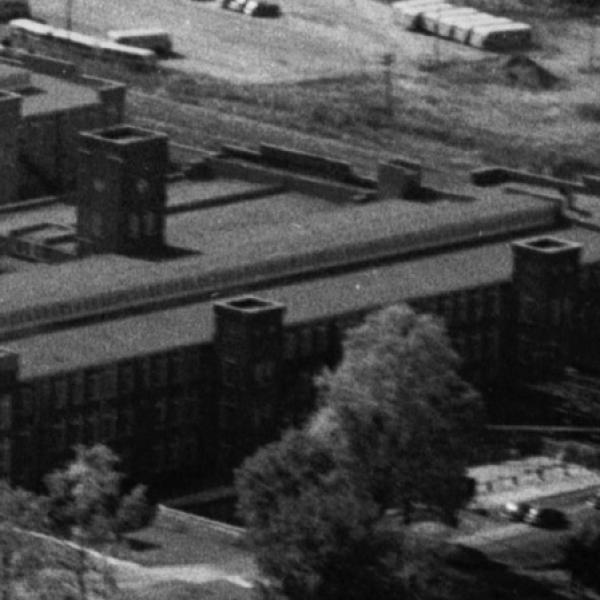
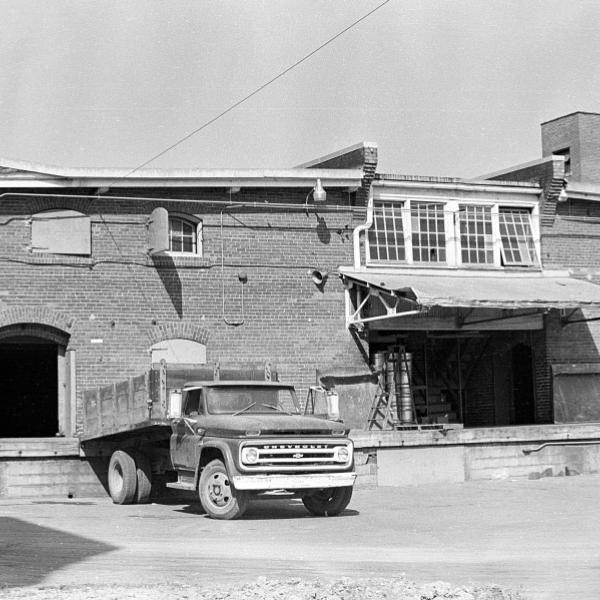
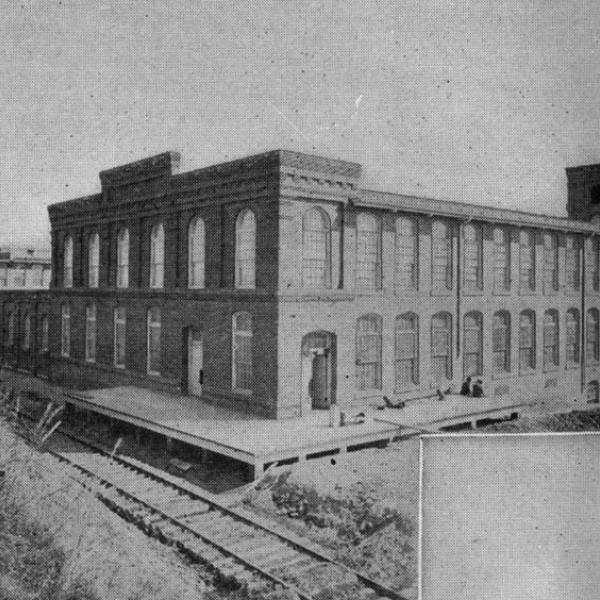
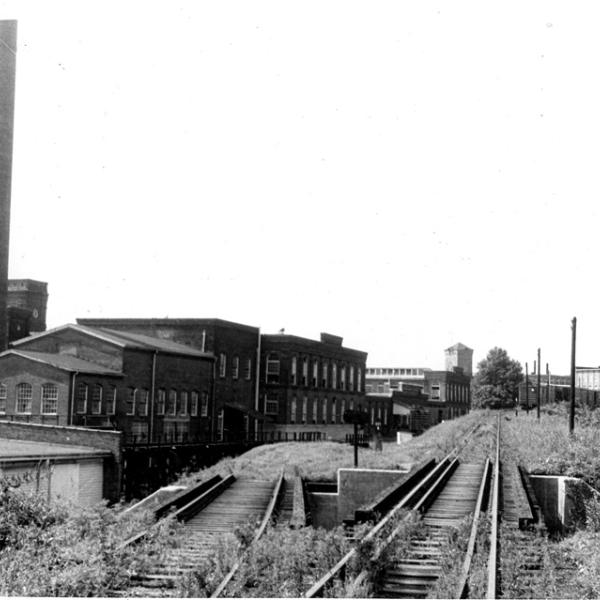
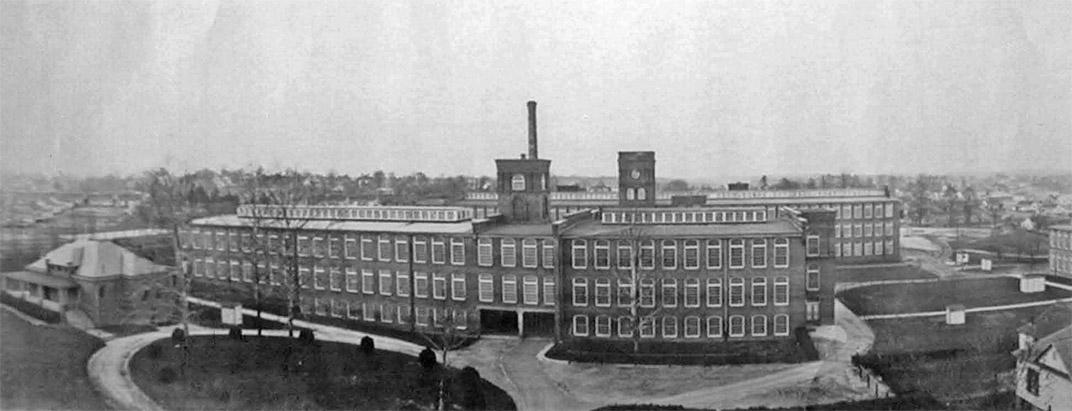
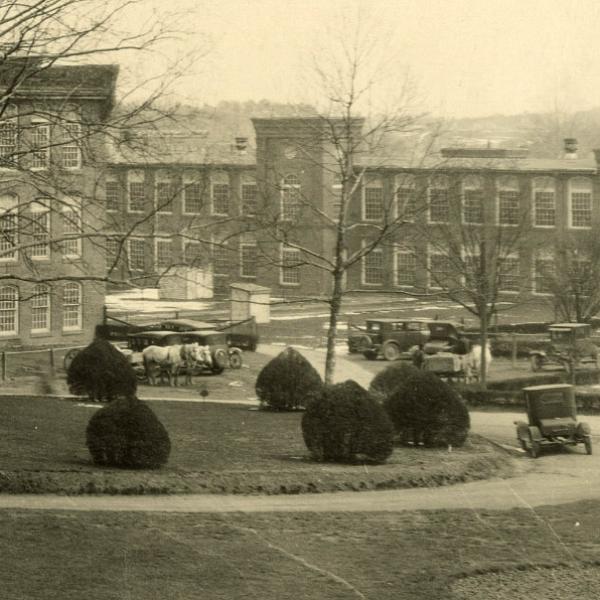
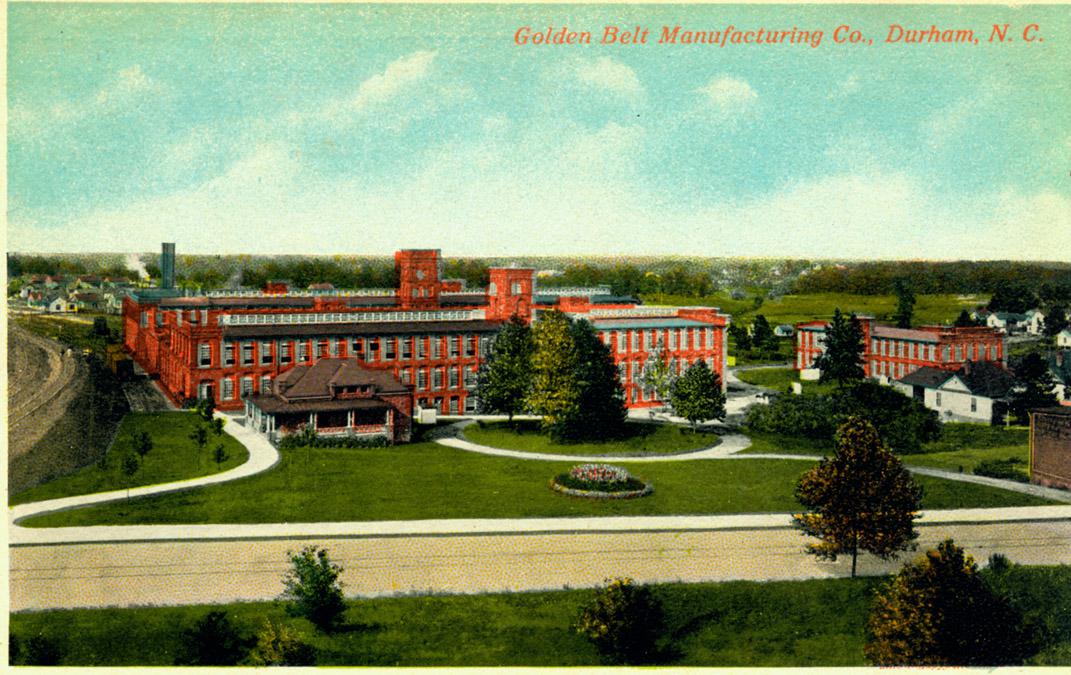
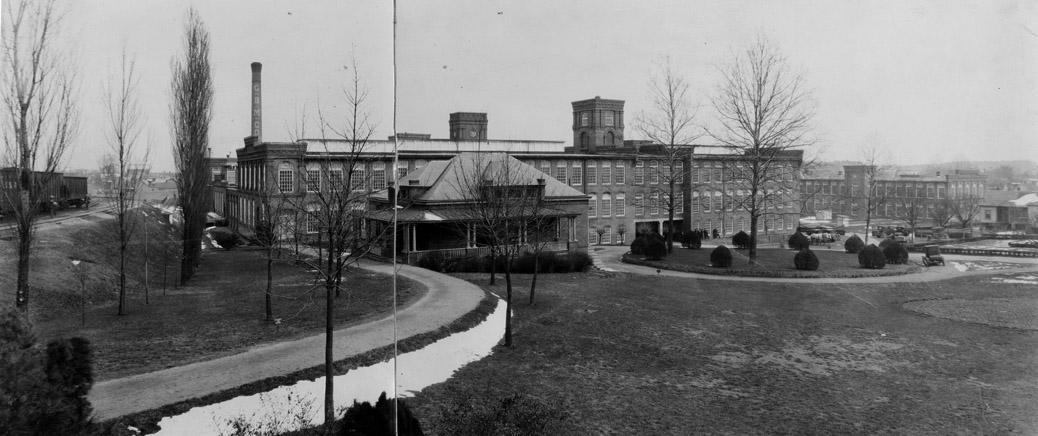
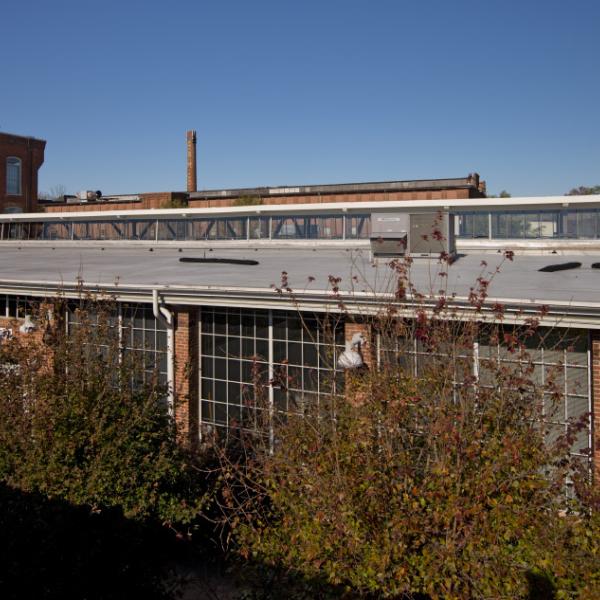
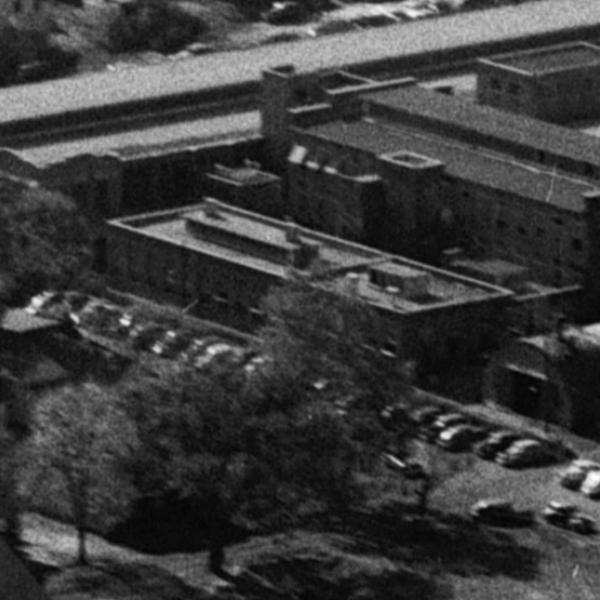

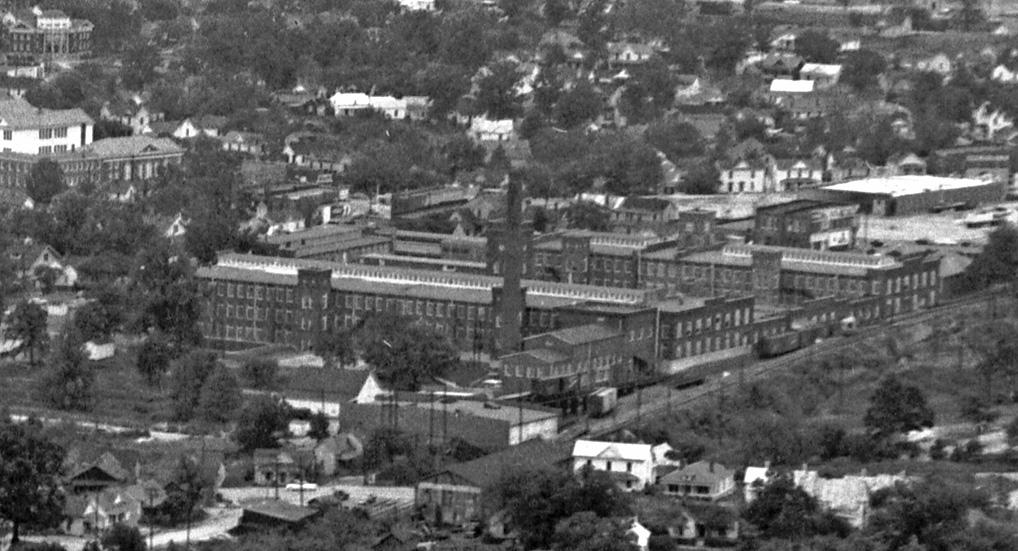
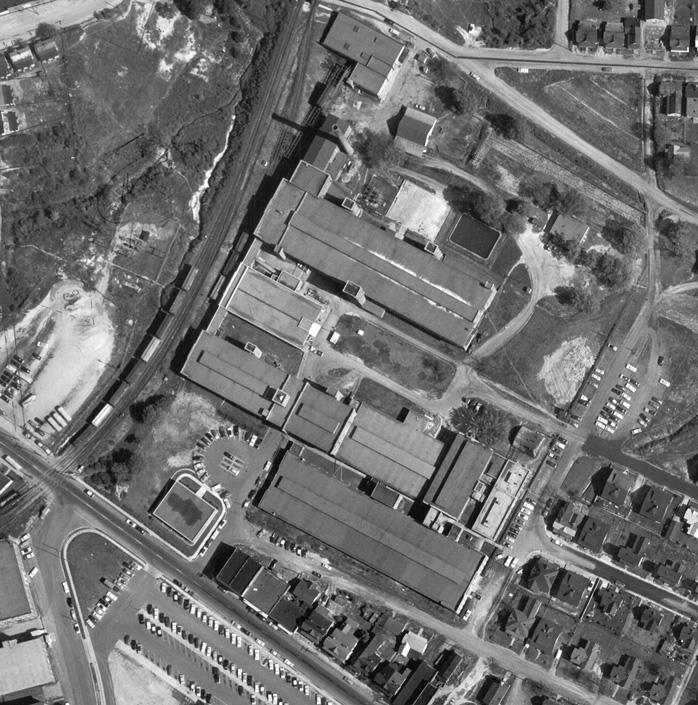
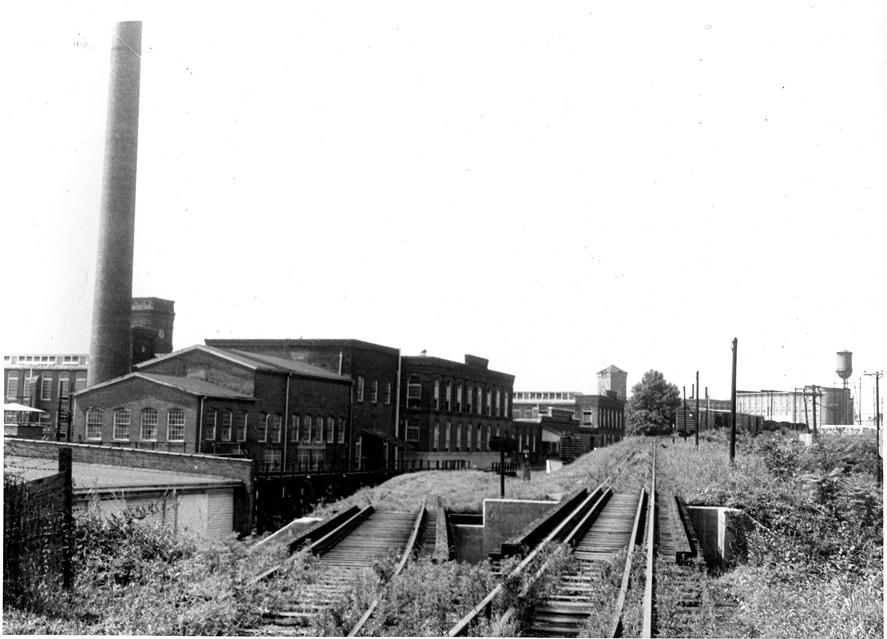
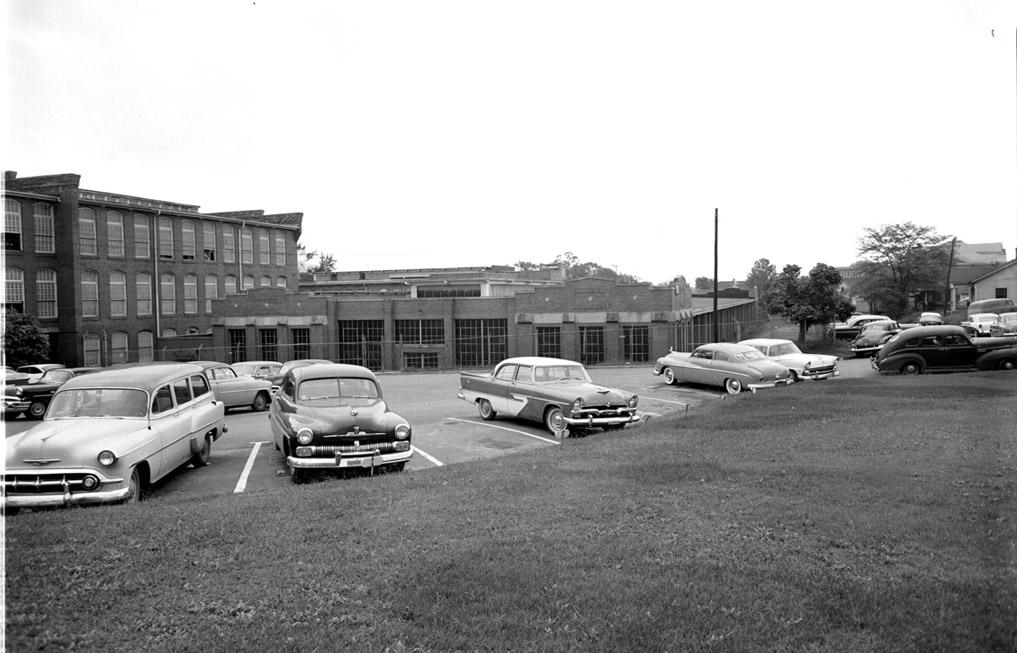

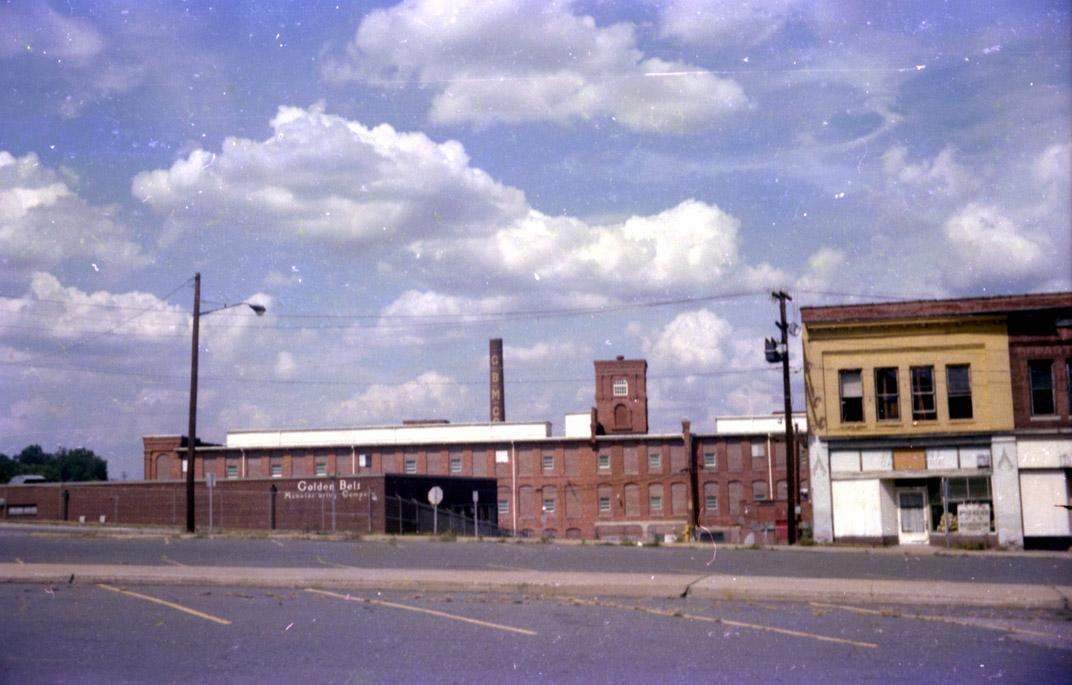
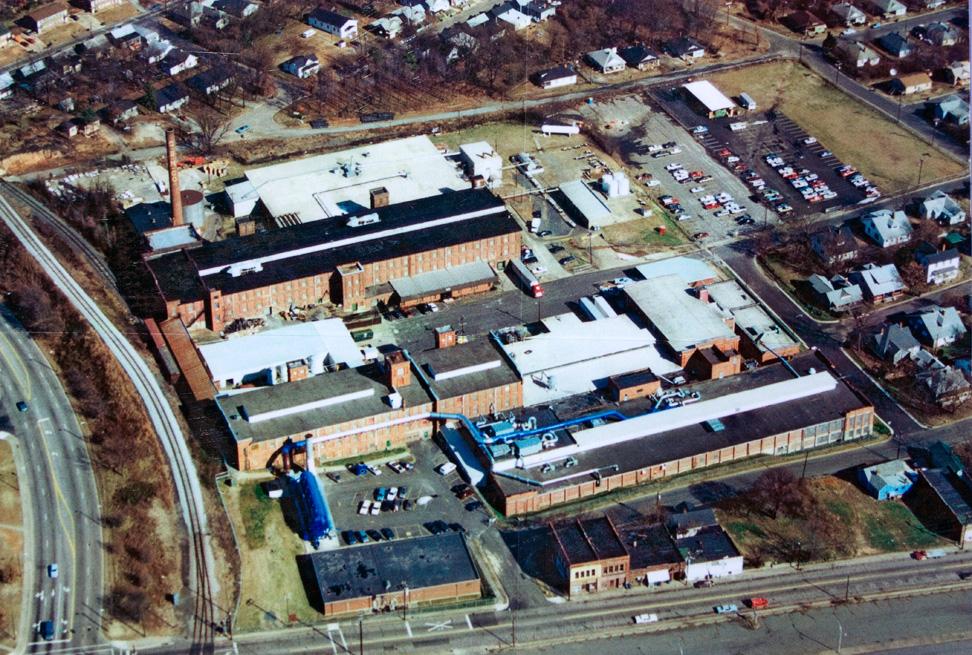
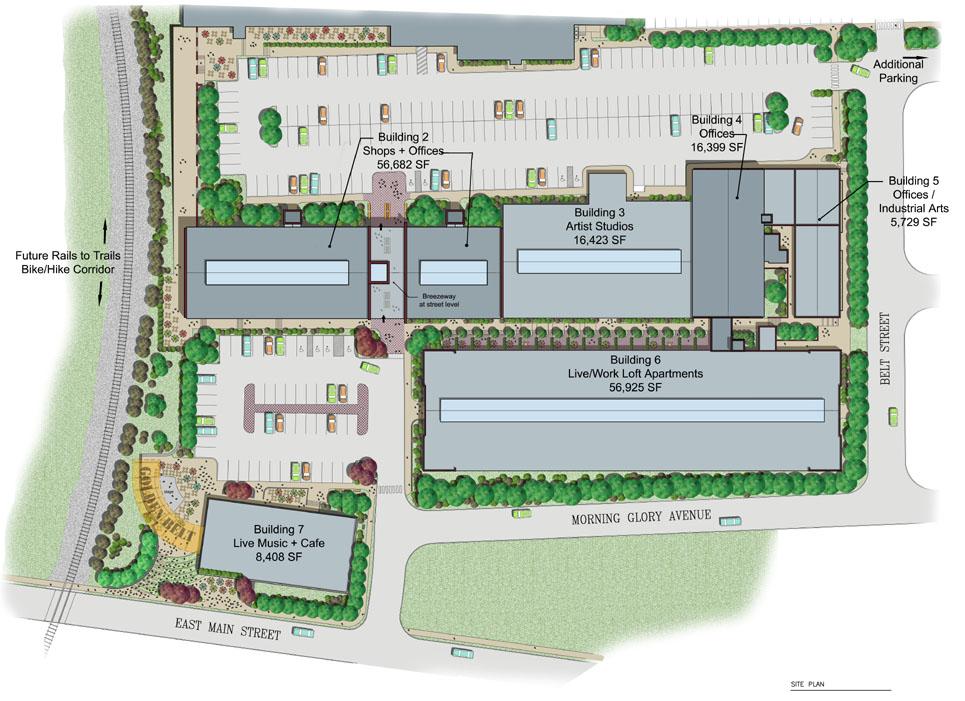
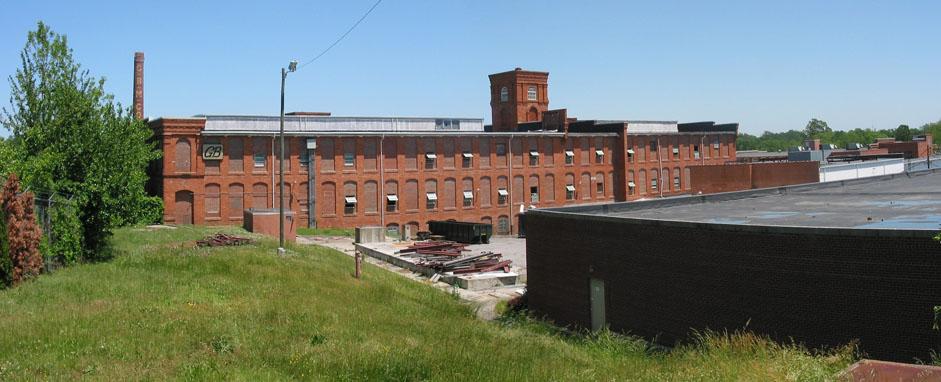
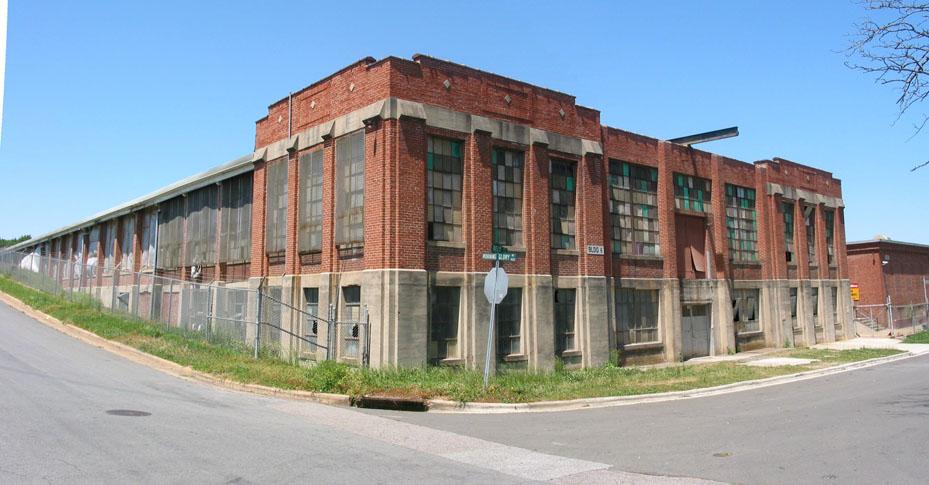
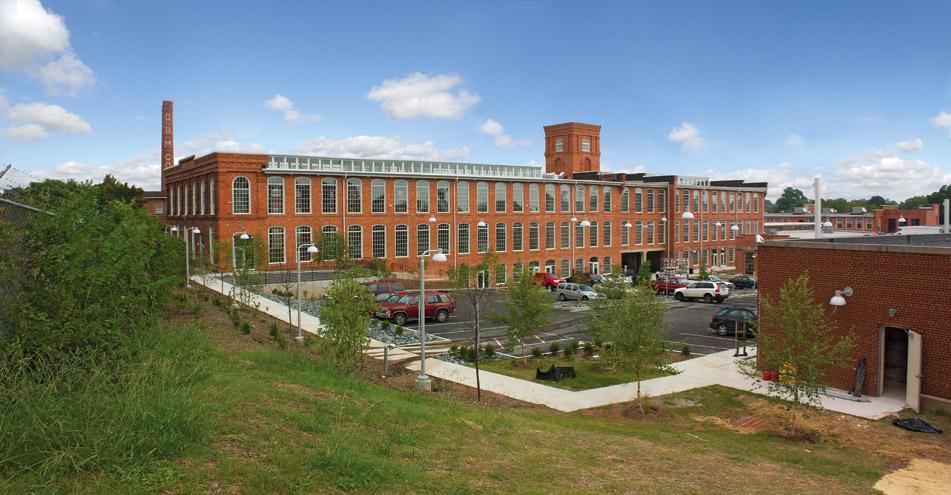
Add new comment
Log in or register to post comments.